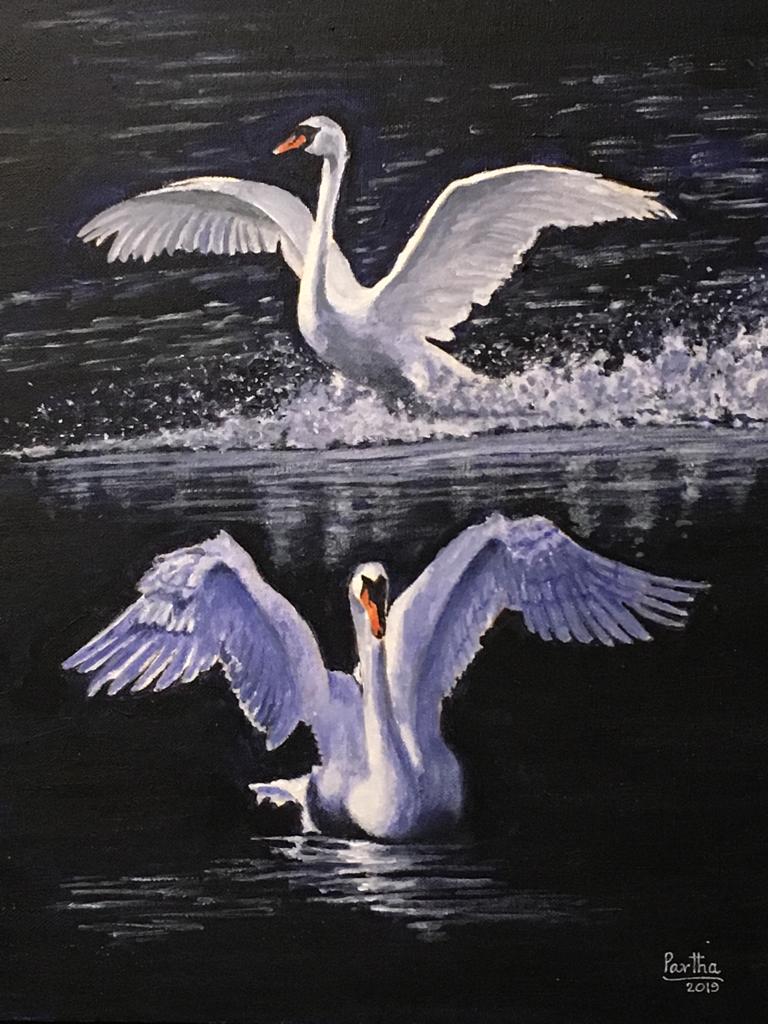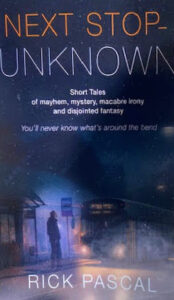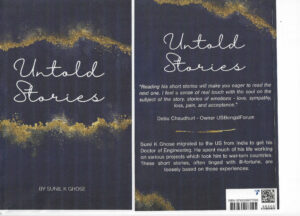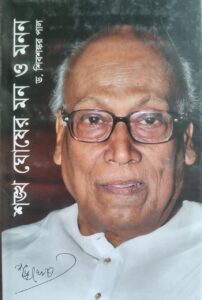How light travels? Is aether the media for travelling light? Let us walk through the greasy path of scientific development.
Indian philosopher Yajnavalkya in 9th Century BCE used mathematics and geometry in some religious rituals based on the motion of sun and earth as part of the Vedic Tradition.
Vedic say as “The sun strings these worlds – the earth, the planets, the atmosphere – to himself on a thread.”
Early 1600, Copernicus mathematically proved that the Earth rotates around the Sun.
Newton’s theory of light as corpuscles (particles of matter) was published in around 1670. At about the same time physicist, Christiaan Huygens believed that light was made up of waves vibrating up and down perpendicular to the direction of the light travels. Light as the wave was accepted from onwards till today.
Light speed was measured by Roemer around 1676 by timing the eclipses of the Jupiter moon Io. It took about 22 minutes to travel a distance equal to the diameter of Earth’s orbit around the Sun. His calculation was not perfect, modern day’s instrument measures are 300000 km/sec.
Name of aether coined from Greek Mythology. He was the son of Erebus, Plato mentions that “there is the most translucent kind which is called by the name of the aether”. So, aether became the fifth elements along with earth, air, water, fire. This invisible aether became mystery right from the beginning,
Around the same time of Newton’s “Wave theory” was originated from Robert Hooke “pulse theory”. He hypothesized light as a wave. Christiaan Huygens proved the mathematics behind the wave theory. He described the light emits in all direction like a wave in the medium called Luminiferous aether. Due to few drawbacks in Newton’s corpuscles theory wave theory got more acceptance in the eighteenth century.
The acceptance of the movement of earth and planets on the aether medium was questioned in the scientific community. An object moving through a medium creates drag in the medium like car movement creates drag in the air. Scientists from all walks of the field started to analyze the aether drag hypothesis and formulate many experiments. There were two theories – Is aether dragged by matter? Or is aether entrained within the matter?
According to the first theory no relative motion exists between Earth and aether;
According to the second one, relative motion exists and thus the speed of light should depend on the speed of this motion (“aether wind”).
Physicist Jean Fresnel who in 1818 proposed that the aether is partially entrained by matter. The other one was proposed by George Stokes in 1845, in which the aether is completely entrained within or in the vicinity of matter.
One View – Fresnel’s stationary ether, with Lorentz support – transverse wave and aether is partially dragged with a certain coefficient by matter.
Second View – Stokes’ completely dragged aether. It had Hertz support – fully dragged by matter.
During 1880s Michelson interferometer was used to measure the light. It would be appropriate to spend some time how Michelson interferometer worked and proved that aether is not the medium for light.
Similar to when a car moves through the air it creates air-wind, if the earth moves through the aether, then there should be aether wind, so by measuring light-speed moving at a different direction and the expected difference in time should prove that aether is the light carrier.
Michelson interferometer was a simple instrument made of few mirrors, prism, and interference detector. Using a light source and created a condition that light travels in a different direction and returns to the detector to measure the speed difference. But it fails to find any time difference. So it concluded that space does not have any media to travel light. His results proved that the idea of stationary ether is incorrect. This experiment is the foundations of relativity.
This experiment led to the creation of various new theories to explain the result. The most important was the Lorentz ether theory (LET), the final classical theory of aether.
LET is based on completely motionless aether, it explained the discrepancy of the Michelson interferometer experiments by introducing an auxiliary variable called “local time” for connecting systems at rest and in motion in the aether in his equation. Albert Einstein’s special theory of relativity used Lorentz factor.
Michelson experiment was the foundation of the hypothesis of length contraction in early 1900. The concept of aether still exists, but there is no experimental evidence. The search for aether goes on.
















Comments »
No comments yet.
RSS feed for comments on this post. TrackBack URL
Leave a comment